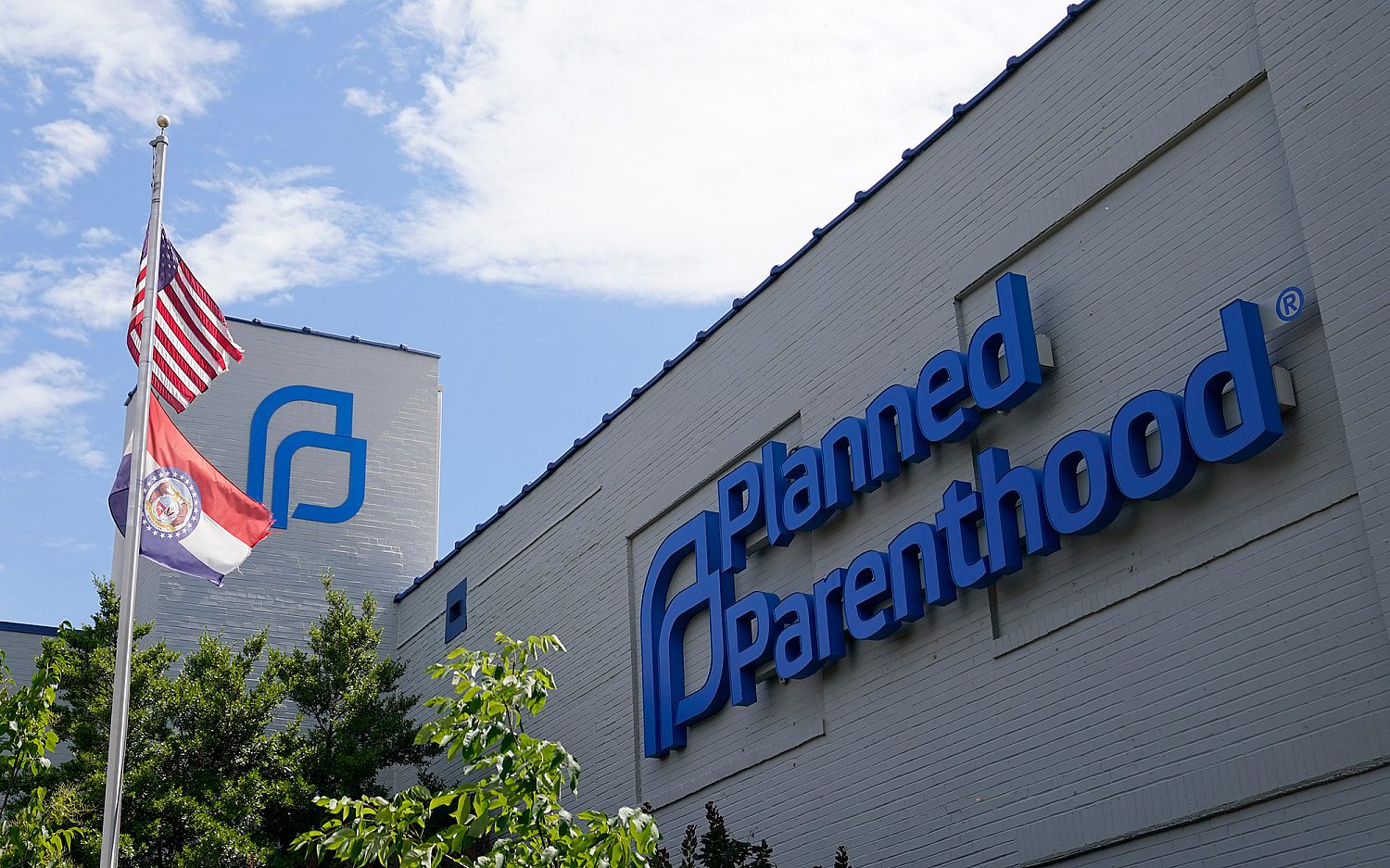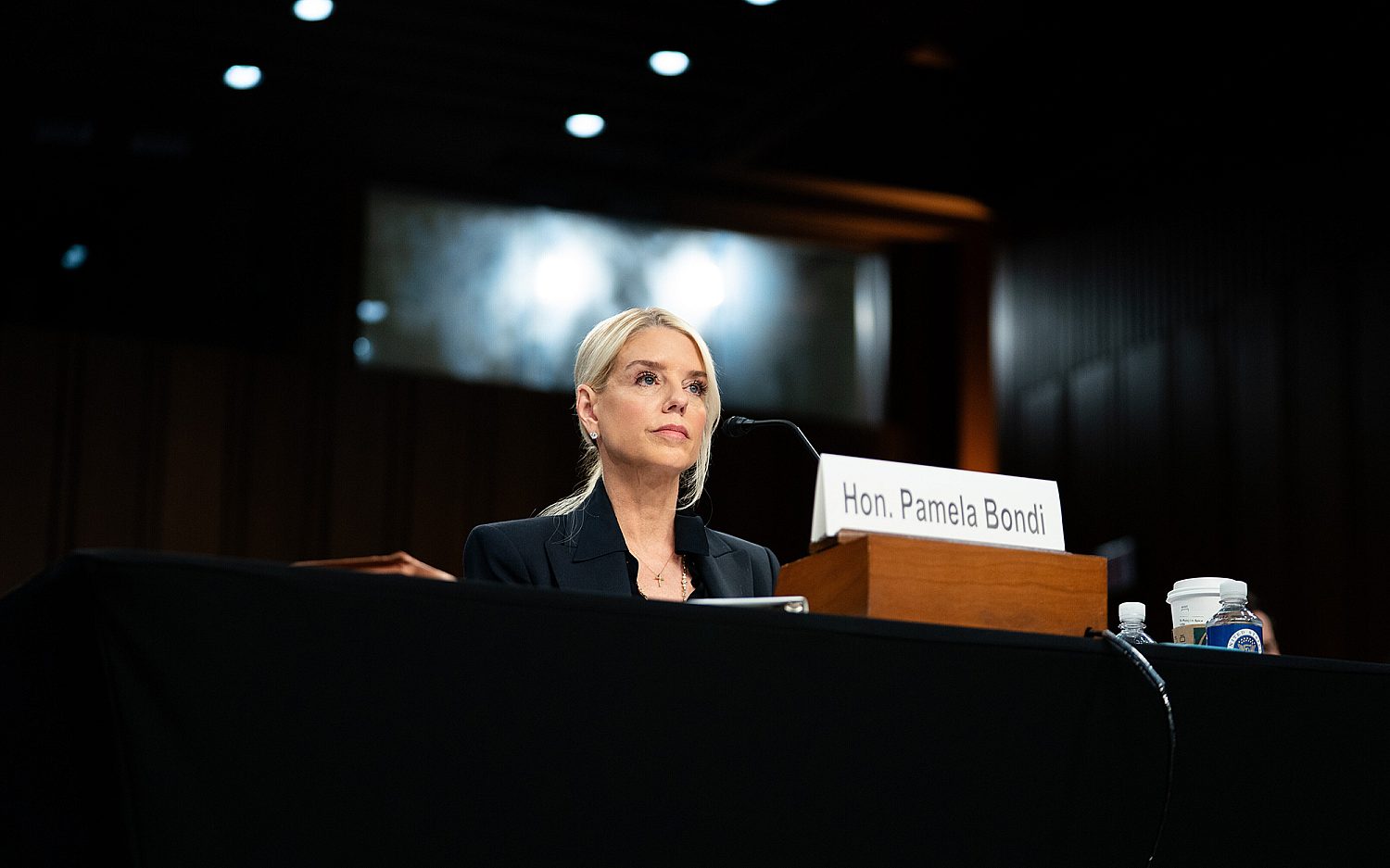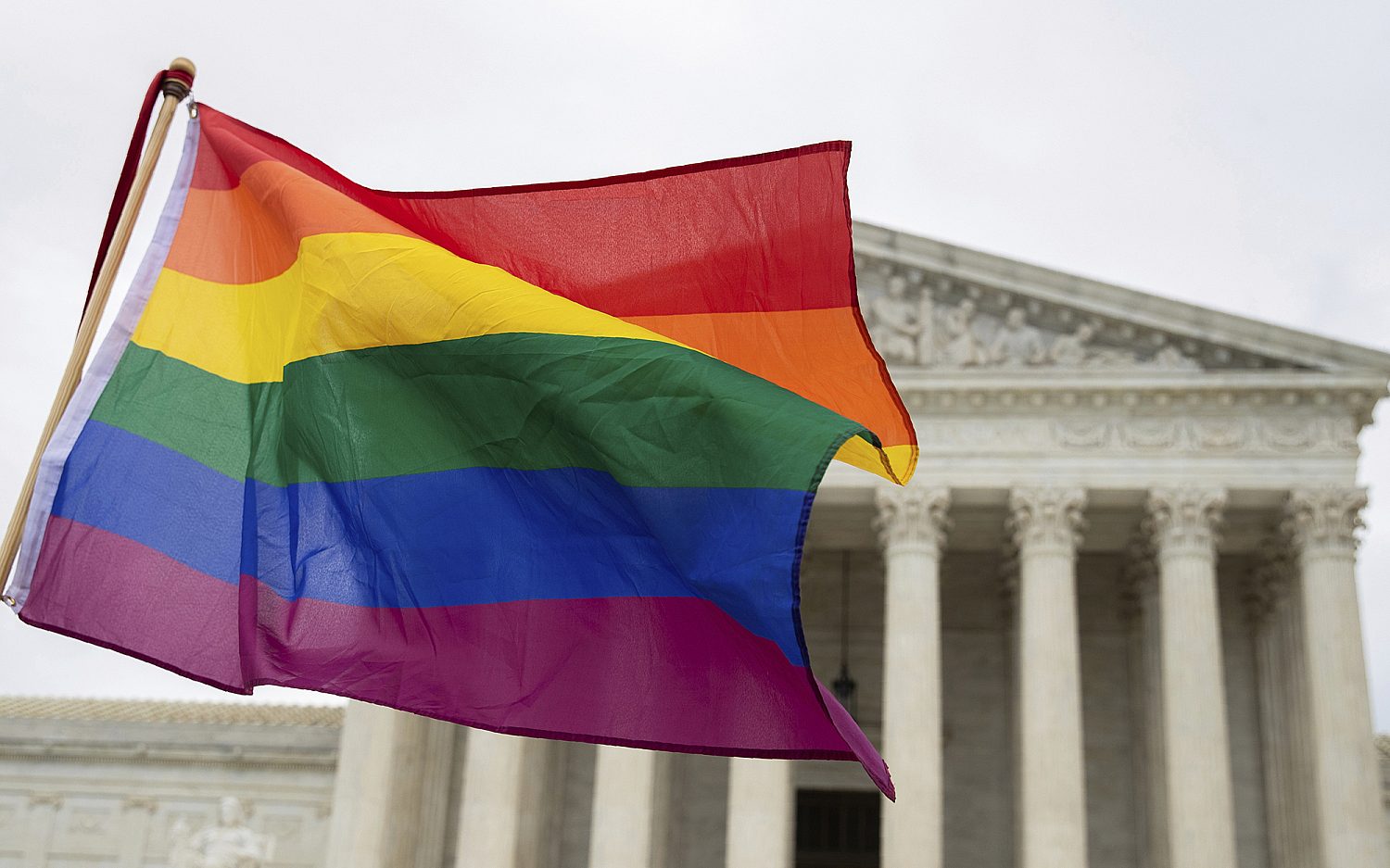The 15th anniversary of 9/11
A look back at WORLD Magazine’s coverage of the ‘day that will live in reruns’
Editor’s note: This article originally appeared in the Sept. 22, 2001, issue of WORLD Magazine and is republished here as part of our Saturday Series.
If Dec. 7, 1941, is a day that will live in infamy, Sept. 11, 2001, is a day that will live in reruns. Like the attack on Pearl Harbor, death and destruction rained from the sky, catching a complacent nation utterly by surprise. But unlike that earlier attack, the mayhem this time was first broadcast live, then replayed endlessly on tape, burning itself deep into the national psyche.
A day that started normally enough may have forever changed the definition of “normal.” Some 230 passengers in three cities boarded four different flights headed to California. They showed their photo IDs, answered the usual security questions, passed through the metal detectors, and pushed their bags through the X-ray machines. But despite the security precautions, none of the flights reached its intended destination.
American Airlines Flight 11 was the first to take off, leaving Boston at 8 a.m., bound for Los Angeles. Minutes into the flight, somewhere over Albany, N.Y., something went wrong. Radar images showed the plane veering off course, doglegging back to the southeast. A flight attendant on a cell phone reported that the plane had been hijacked and the crew stabbed. They were going down over New York, she said.
Like the rest of America, the office workers arriving at the World Trade Center on a cool, clear Tuesday morning knew nothing of the terror above. Nearly 200 elevators whisked them to their offices in the famed twin towers, a vertical city of 50,000 residents stretching 1,360 feet toward the sky.
Like the rest of America, the office workers arriving at the World Trade Center on a cool, clear Tuesday morning knew nothing of the terror above.
At 8:45 a.m., the city exploded. Broadcasting from just several miles away, the network morning shows quickly cut to live shots of the north tower in flames. Huge holes belched smoke from three sides of the building, perhaps 90 floors above the ground. Initial reports were predictably confused: A bomb? A missile? A small plane? This was, after all, the site of a deadly terrorist attack in 1993, though commentators hastened to add this was probably nothing more than a terrible accident.
And then, 18 minutes later, as circling helicopters provided live pictures, it happened again. The unmistakable profile of a large jetliner flew into view on the right-hand side of the screen. It disappeared, as if flying behind the skyscrapers, but never reemerged. Instead, a split-second later, the south tower erupted in a ball of orange flame, followed quickly by thick, black smoke.
For a moment, no one seemed quite sure what had happened. ABC’s Diane Sawyer was momentarily speechless. A soft “Oh my God,” was all she could muster. It was not the last time God’s name would be invoked on that day.
With the upper floors of both towers in flames, office workers began choosing how they wanted to die. Witnesses estimated that perhaps two dozen people flung themselves from the 110-story funeral pyres, including a man and woman who jumped hand-in-hand. Arriving firefighters ran for cover as victims’ bodies hit the ground with a puff of red vapor, according to onlookers.
With the upper floors of both towers in flames, office workers began choosing how they wanted to die.
As agonizing minutes ticked by, the facts began to emerge. The first, unseen strike had been none other than American Airlines Flight 11, a Boeing 767 with 81 people aboard. The televised crash was United Airlines Flight 175, a Los Angeles–bound Boeing 757.
The terrorists had chosen their weapons carefully. The 757 and 767 are the only passenger jets in the world to share a common cockpit, meaning that pilots trained on one type of aircraft could just as easily fly the other. Both planes are also big and heavy, with a transcontinental range that demands enormous fuel tanks. The 757, for instance, weighs 255,000 pounds, carries 11,276 gallons of fuel for a long flight, and cruises at a speed of Mach 0.80, or 530 mph.
Many people on the planes and in the buildings died instantly. The buildings themselves crumbled to the ground at 10:05 and 10:28 a.m. Some 200,000 tons of steel, 400,000 cubic yards of concrete, and 600,000 square feet of glass simply folded in on itself, falling to the streets below. With each collapse, a 40-foot tidal wave of dust and debris rushed through the cement canyons of lower Manhattan, burying everything in its path.
As New York was attacked, Washington, 400 miles to the south, at first went about business as usual. Sen. Paul Sarbanes (D-Md.), chairman of the Senate Banking Committee, opened a hearing with the vow that the attacks in New York would not keep Congress from its labors. Likewise, no one was attempting to leave the Pentagon when a low-flying American Airlines 757 smashed into the west side of the building at 9:43 a.m., collapsing one wing of the huge complex and setting off a fire that would hamper rescue efforts for nearly 24 hours.
The most powerful city in the world seemed suddenly impotent. A White House evacuation began within two minutes. Congress followed suit. Black limos and SUVs with sirens blaring whisked top congressional leaders to undisclosed locations outside the city. Vice President Dick Cheney and National Security Adviser Condoleezza Rice retreated to a command bunker beneath the White House. President George W. Bush took off hurriedly from Sarasota, Fla., hopscotching between secure military bases on a nine-hour journey back to the capital.
The most powerful city in the world seemed suddenly impotent.
A fourth hijacked plane was missing and believed headed for Washington. Federal workers poured into the streets, trying to escape the diamond-shaped city that had morphed into a bulls-eye. In the total gridlock that followed, drivers kept one eye on the skies and one on the great monuments that embodied Washington’s power. The massive marble dome of the Capitol seemed strangely vulnerable and impermanent.
“Pray for the peace of Jerusalem,” read posters in a park near the Capitol. On this day, at least, millions prayed for peace in cities closer to home. In the end, the fourth hijacked plane—a United Airlines 757 bound for San Francisco—never made it to the nation’s capital. It crashed outside Pittsburgh, apparently killing “only” the 45 people on board.
A full 24 hours after the terror, the massive rescue and cleanup efforts had barely begun. Pieces of the World Trade Center continued to sheer off. Buildings all around were smoldering and in danger of collapse. Nearly 260 New York police and firefighters were missing and presumed dead, in addition to the 266 passengers and crew aboard the four doomed flights, and thousands more. Passenger ferries hauled bodies to morgues across the Hudson River. Cab drivers ripped out back seats, turning their cars into makeshift hearses.
With the scale of human destruction almost unimaginably high, the individual tragedies were slow to emerge. One such tragedy was Barbara Olson, the 46-year-old conservative commentator and wife of U.S. Solicitor General Ted Olson. Scheduled to fly to Los Angeles on Monday, she delayed her trip by a day in order to celebrate her husband’s birthday with him early on Tuesday. The plane she eventually boarded was American Flight 77, which crashed into the Pentagon just hours after that birthday breakfast.
With the scale of human destruction almost unimaginably high, the individual tragedies were slow to emerge.
The final death toll will likely not be known for weeks. The early hour of the attacks, before many workers had arrived for the day, may have spared hundreds of lives. Ironically, the 1993 bombing of the World Trade Center may have saved many more. Veterans of that episode remembered the chaotic evacuation down hundreds of flights of stairs, so they wasted no time in heading for the exits on Tuesday, even though no order to evacuate the building was ever given.
But even when the bodies have finally been counted, the other long-term costs of the attack will still be unknown. The reverberation from the falling towers was felt in financial markets worldwide. International stock indexes plummeted. Closer to home, consumer confidence, the last flimsy prop of the ailing U.S. economy, may well collapse. The chief economist of a major West Coast bank was soon predicting “a full-blown global recession.”
Not only air travel stopped on Sept. 11. Amtrak and Greyhound suspended operations. Americans evacuated tall buildings throughout the land. Ford Motor Company shuttered its headquarters in Detroit. The Gateway Arch in St. Louis closed, along with Minnesota’s Mall of America. Major League Baseball canceled its entire schedule. Even Disneyland and Disney World shut down.
Gradually, of course, the trains started running again, workers returned to their offices, and Mickey Mouse put on his best smile—but still, much had changed. Battleships patrolled off both coasts. President Bush promised to strike back at terrorists. Analysts warned that travel would be more difficult and some liberties might be curtailed. Things didn’t seem normal, until a new realization hit many Americans: Welcome to the new normality.
An actual newsletter worth subscribing to instead of just a collection of links. —Adam
Sign up to receive The Sift email newsletter each weekday morning for the latest headlines from WORLD’s breaking news team.




Please wait while we load the latest comments...
Comments
Please register, subscribe, or log in to comment on this article.